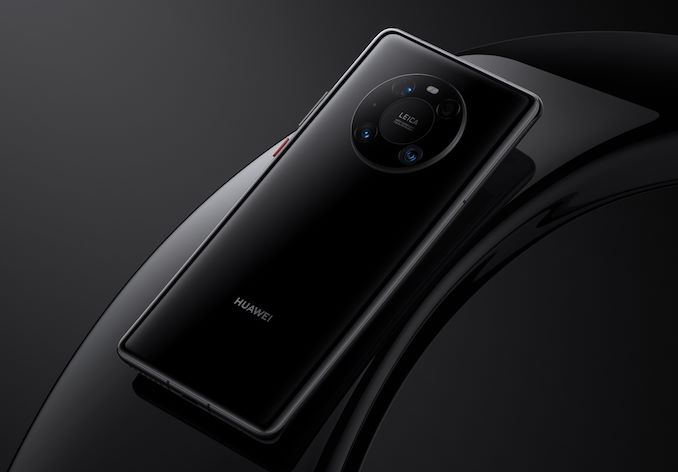2. Apple is partly financing TSMC’s node advancements in exchange for not only first dibs on manufacturing, but also their team gets to not only see a node‘s design rules as they are being made, also they can push for adjustments to have the node be more in line with their aspirations. ARM gets, “these are the design rules, make your desires fit them.”
If you really want irony, the former lead architect of the Cortex cores is now the head architect of Apple’s cores. Did he automagically get better?
I have been under the impression that ARM is in the room with TSMC while the node is being developed. TSMC often uses an ARM core to assess improvements in power and performance. ARM typically has a new core designed for the new node and ARM licenses Physical IP very early in the life cycle of the node. On TSMC N5 node the Huawei Kirin 9000 with ARM A77 and A55 cores was produced prior to September 2020 and prior to or at least at the same time as Apples N5 based processor. I don't know for a fact that Huawei bought Physical IP from ARM for this processor but it must have been taped out at the same time as the Apple processor. Anandtech with data on Kirin 9000.

www.anandtech.com
Daniel Nenni suggests that Apple gets a custom set of design rules and this may be true based on the sheer volume of wafers that they purchase and their contract may have different cut points on yield. With complaints from Nvidia on the 28 nm node we learned that there is a shared cost between TSMC and the customer on initial node ramp to a threshold yield. If Apple wants to take more risks with the design rules they may compensate with a different threshold yield. Lower volume customers will want more design guard bands and less risk to get to yield more quickly.
ARM is designing cores for a different purpose. Apple has a really high volume, 200 million+, of 'hero' phones and their design point is based on those volumes. ARM cores have huge volumes with many different customers. The two largest, Qualcomm and Mediatek have higher processor volumes than Apple but they have to compete on price at the low end of the market.
The ARM server cores designed under Softbank may help close some of the gap with Apple. However, I think it is still an open question as to whether the engineering costs on these cores is going to be recovered. Softbank hired a lot of engineers for ARM server cores and somewhat tanked the profitability of ARM. Engineering costs need volume and you can't overspend on engineering and stay profitable. ARM needs AWS, Alibaba and maybe some hero phone sales of the high end cores to recover the engineering.
ARM had;
"a loss of $400 million in fiscal 2020"
Back in April, when we were talking with Nvidia co-founder and chief executive officer Jensen Huang about the datacenter being the new unit of compute, we

www.nextplatform.com
P.S. Apple can hide processor cost overruns in completed devices without much impact on margin. Qualcomm and Mediatek sell processors and margin compression would be pretty obvious.






